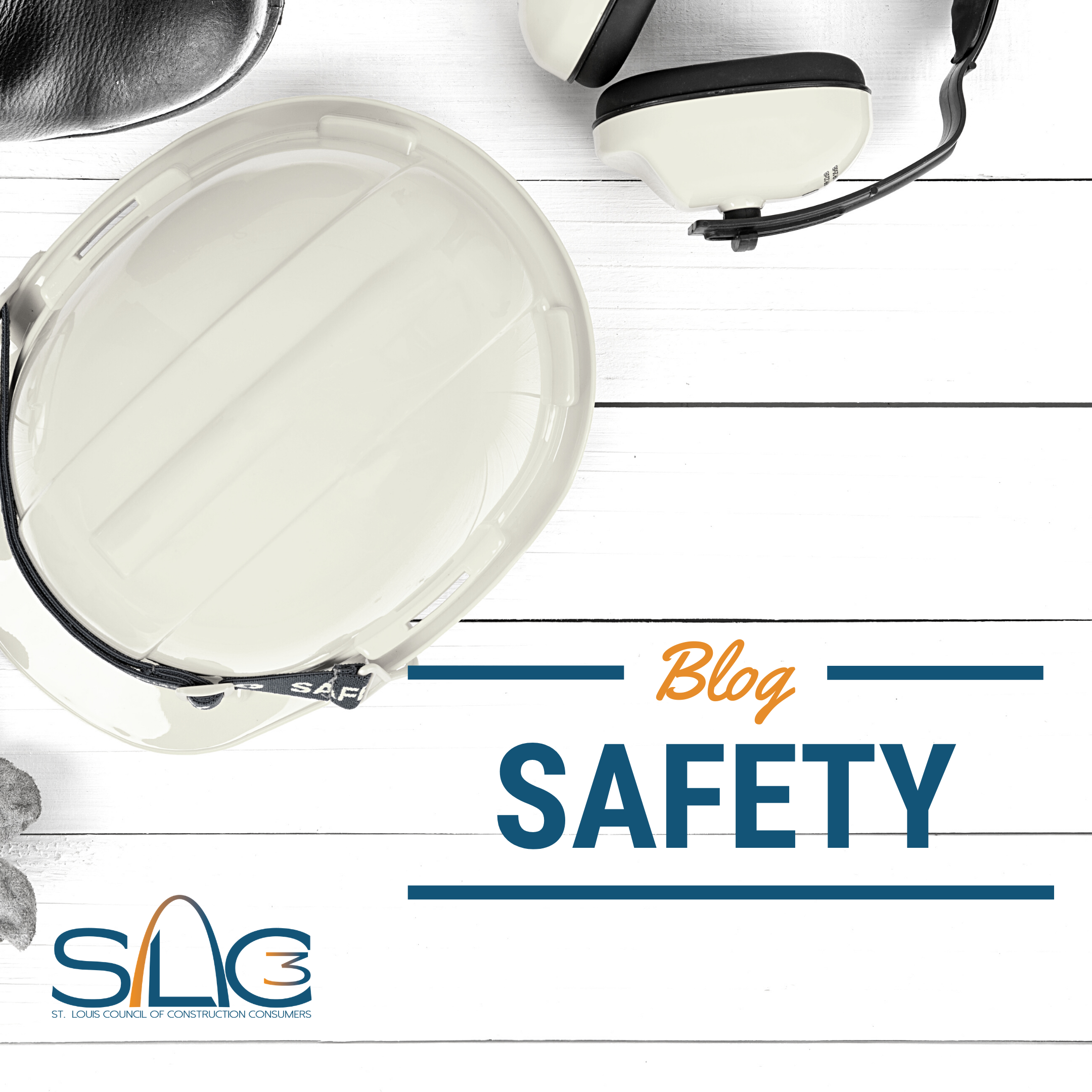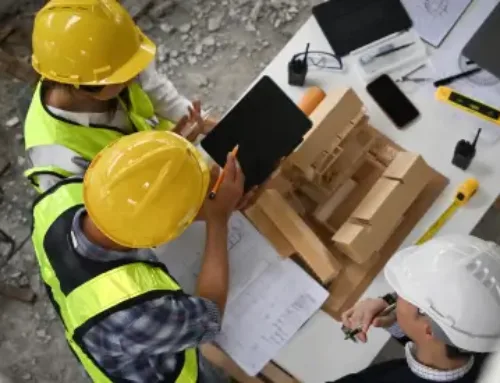By: Joe Shryock, icon Mechanical
My safety management approach has been shaped by tough lessons I have learned throughout my career. It is these experiences that have allowed my team and I to establish a deep-rooted safety culture at icon Mechanical – a culture that stretches from pre-apprentices to corporate executives.
I can confidently say that implementing employee involvement into a safety program has paid the most dividends! We have learned that when you maximize employee involvement in the decision-making process, you are able to glean knowledge from their experiences, ideas, concerns, and input. Their contributions are priceless. Obtaining employee prospective throughout the process of policy changes, new procedures, upgraded PPE requirements, or incident reviews, makes them feel like they are part of the process/team, and it increases the level of buy-in across the company.
Safety program managers should solicit individual involvement the moment an individual becomes an employee of the company. This participation should start with the new hire orientation and continue throughout the length of their employment. Be proactive in encouraging them to communicate their ideas, innovations, experiences, and concerns. This will serve you well in your efforts to establish an elite safety culture.
New Hire Orientations
- It is common in our industry for a majority of union employees to move from contractor to contractor. This movement gives these individuals the unique opportunity to experience a wide variety of safety programs over their careers and most have “seen it all” — the good, the bad, and the ugly. Use this to your advantage. Their experiences are invaluable! Safety managers must make every attempt to solicit those experiences on day one. Be sure to encourage their involvement during the orientation process and let them know their opinion matters. Help them understand how their past experiences can enhance the quality of your safety program. Communicate your company’s desire to be vigilant in improving the program’s processes and explain how their ideas can play a huge part in making that happen.
Safety Committee Meetings
- Safety Committee Meetings should be more than a typical safety meeting. This collection of personnel creates the opportunity for your employees to be involved in direct change; and, if done properly, all employees can witness their contributions to the company’s program.
- Listed below are items to consider when planning your Safety Committee Meeting:
- Participation is always voluntary
Encourage participation, don’t mandate it. Explain the benefits of attending the meeting, and let them know all items discussed are confidential.
- Location – Location – Location
Choose an off-site location that’s outside the normal work environment. Holding the meeting at a restaurant, or other non-work location, will typically help bring down barriers, and allow attendees to feel more comfortable discussing their ideas or concerns. A “free” dinner also helps with the voluntary participation.
- Who to invite? Change it up! At icon Mechanical we host quarterly Safety Committee Meetings and invite different groups each time. This allows us to obtain different perspectives from across the company.
- All Apprentices: Inviting just apprentices gives them the opportunity to speak freely with other apprentices and make suggestions, or voice concerns they may be hesitant to convey if a journeyman or tradesmen is present.
- All Foremen: Same concept as above, but inviting just foremen allows each of them to talk freely about what works for them. They can exchange ideas and discuss how they typically approach certain situations and/or obstacles.
- All Project Managers: Inviting just Project Management provides the opportunity for managers to openly discuss ideas and/or concerns with other PMs without running the risk of disrupting the relationship between them and their foremen or other field managers.
- Invite them All: At least once a year, icon holds a safety committee meeting involving a few members from each employee group. This allows each group to hear from others throughout the company and helps build a level of understanding between employees.
Policy Change / PPE Upgrade:
- We’re all creatures of habit. It can be very difficult to change an established policy, and even more difficult to obtain the amount of buy-in necessary to make the policy change effective. Make sure to involve those who’ll be most affected by the change in the decision-making process. For example, if you’re thinking about upgrading eye or hand protection requirements, take samples to the field for trial use. Give field workers multiple options and allow them to make the final choice. This empowerment will make them feel their opinion is valued, and it will give the change a head-start towards being adopted by others.
Incident Review & Root Cause Analysis:
- Do not waste the opportunity to learn from an unfortunate event. Every incident must be fully investigated to help determine the root cause, no matter the severity. It is only by knowing the root cause that you can develop appropriate corrective actions to prevent the incident from reoccurring. Getting employee and witness statements will allow you to effectively determine the events leading up to, and following the incident. But, why stop there? You must involve your greatest asset – your employees – in order to fully understand and determine all contributing factors of an incident. There are many different experiences and points of view, and involving them all will allow you to successfully learn from an unfortunate event and prevent another from occurring.
- Listed below are ways to involve all levels of employees in an incident review:
- Weekly company-wide meeting/call with all Project Managers: A best practice is to start the call with safety and subsequently review any incidents that may have occurred during the week prior. We use this opportunity to communicate root causes and corrective actions that have been developed thus far, and solicit ideas from their past experiences.
- Incident Review via Toolbox Talk: An incident review is distributed to all company job sites once the initial investigation is complete. This review gives a brief description of the incident, identifies contributing factors, and corrective actions developed thus far. The review also includes a section that allows for each crew to communicate their thoughts on the incident. They are encouraged to let us know if they feel we may have missed a potential cause or effective corrective action. Their submissions are rewarded with gift cards or branded company apparel.
In summary, employees are an extremely important part of the process and, as mentioned above, safety managers should be diligent in finding ways to involve employees in the safety program. We must all be vigilant! We must aggressively identify and correct vulnerabilities at the earliest opportunity and NEVER let our guard down. It is imperative to constantly review our tasks, procedures, training, and leadership to ensure we mitigate the possibility of failure. We do this by involving our employees at every possible opportunity. This effort positions our safety culture for success and helps ensure that everyone goes home safe to their loved ones!






